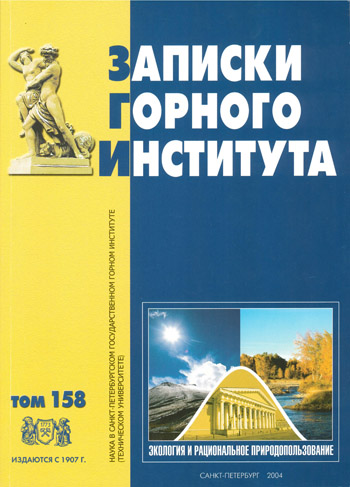Physical and chemical basis for the creation of sorption technologies for the management of highly saline liquid radioactive waste (mathematical modeling)
- Far East Technological Center of the Ministry of Education of the Russian Federation
Abstract
By the example of sorption-reagent materials (SRM) based on inorganic hydroxides the factors influencing the efficiency of the strontium sorption process are considered. It is shown that formation of a poorly soluble sediment in the porous system of the sorbent matrix is possible either in the form of microcrystals in the pore volume or in the form of thin X-ray amorphous layers on the pore surface, which in turn affects the selectivity of strontium extraction. The peculiarities of strontium sorption dynamics by SRM are considered. Mathematical model of strontium sorption dynamics in sorption-reagent systems is presented which allows not only to predict sorption behavior of material, form content of all system components at any moment of time and at any point of a column, but also to explain distinctive features of the process.
